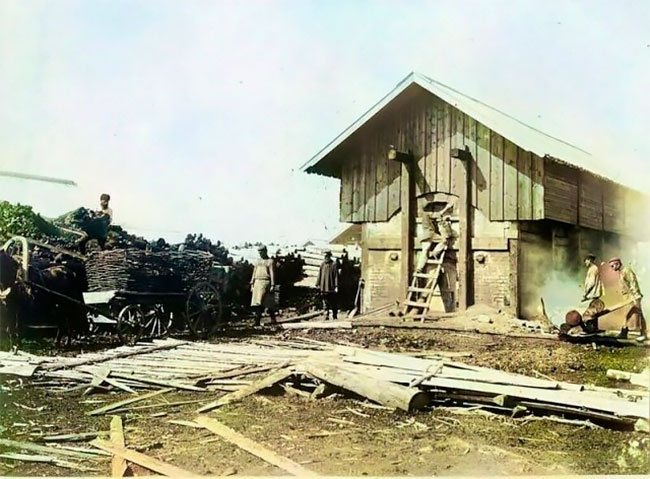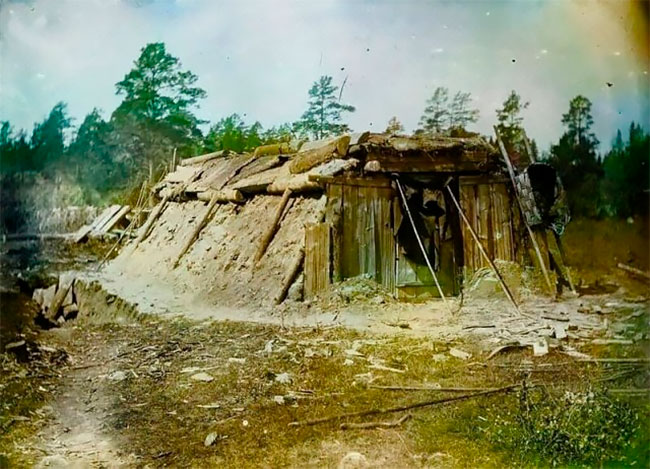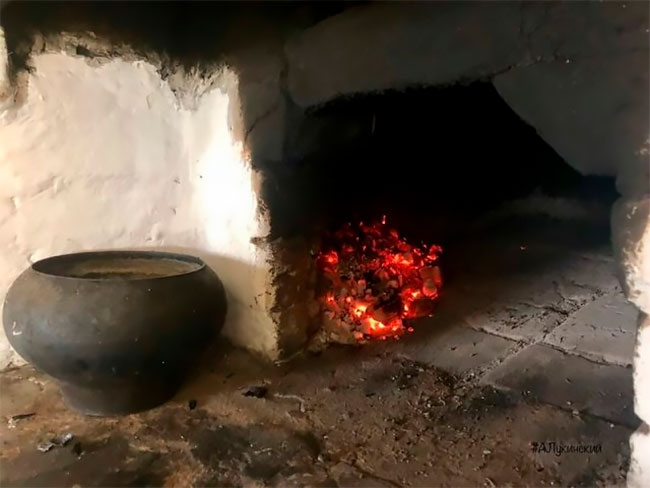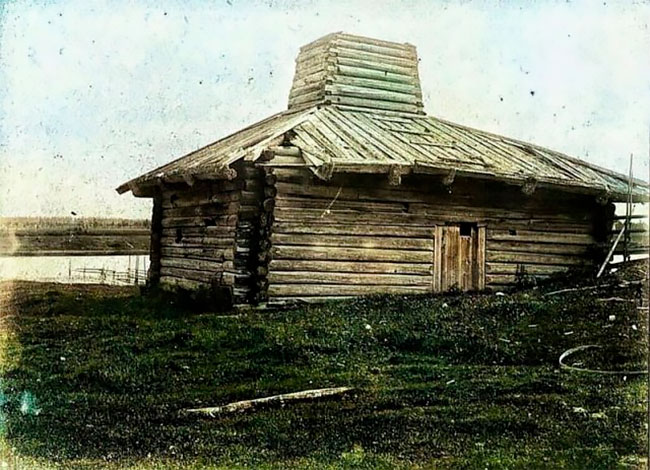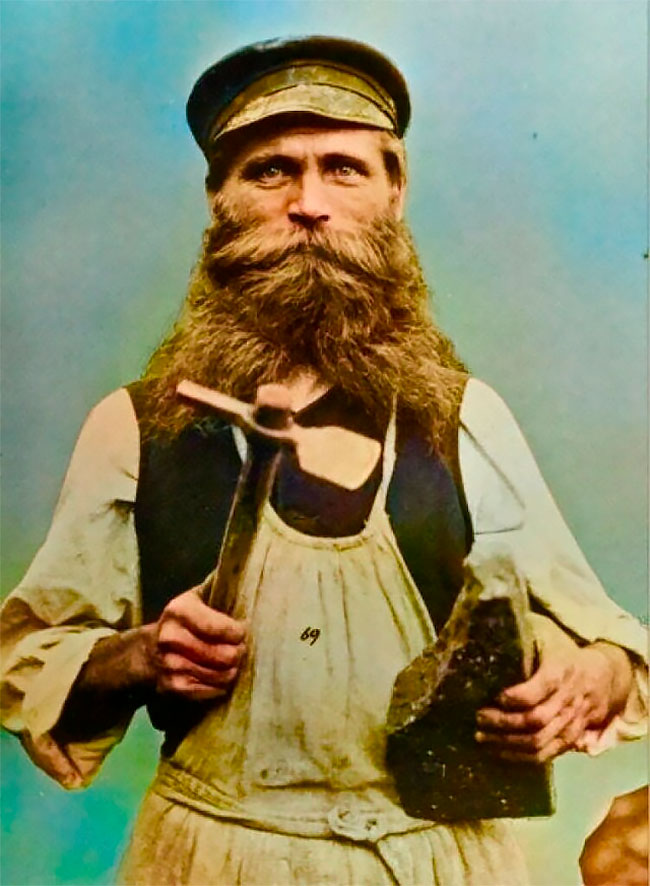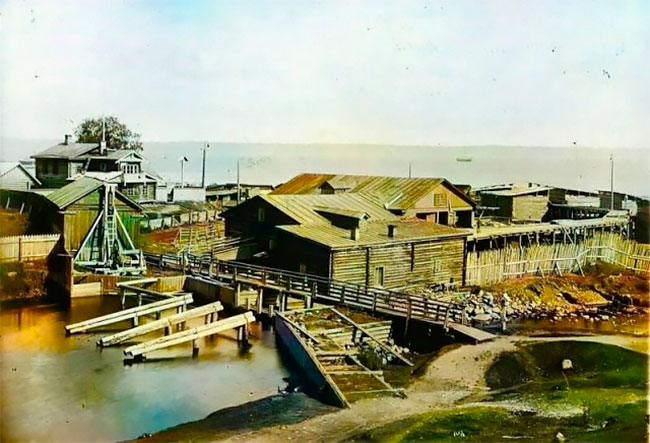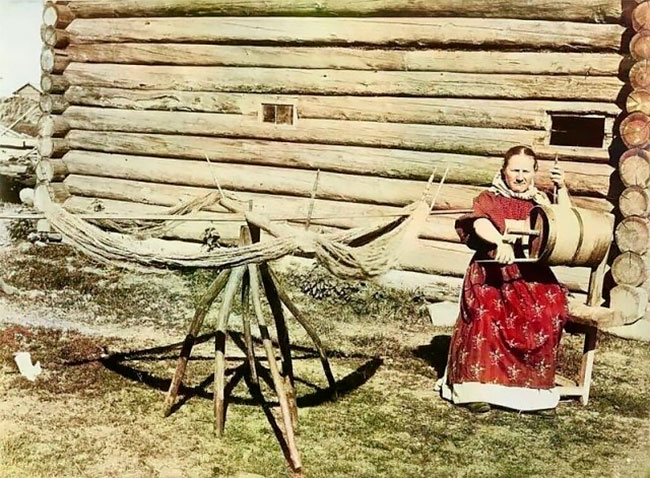Beautiful Rare Colorized Photos Of The Russian Village In 1899 By Mikhail Krukovsky

Russian village in the XIX century was about hard labor. “Those that don’t work, don’t work”, as they say. These photos were made by an enthnographer Mikhail Krukovsky in 1899. Modern technologies allowed to make them colorized. Now we can see how a typical Russian village looked like so many years ago.

The turn of the XIX and XX centuries was a golden age for the Russian ethnic studies and photography which became “partners” in ethnographic cultures’ visual representation. Mikhail Krukovsky (1865-1956) did not have any high rank or title. In his travels across Russia be became a student of the people, a photographer, and a lover of folk culture.

In 1908 Krukovsky traveled across Southern Ural, where he developed an interest in the diversity of ethnographic cultures of the region: he described the Bashkir, the Meshcheryaks, the Russians, the Nagaibaks, and the Kyrgys-Kaisaks. He also studied factory life and the life of Old Believers and Cossacks, paid a lot of attention to the picturesque landscapes of Southern Ural.

Krukovsky’s travelog was not just a description of ethnographic details of everyday life, but rather a study of character and emotions of the local population. In his travels he made photos which rendered his observations particularly realistic. Krukovsky took pictures of cities, villages, landscape of Southern Ural, as well as of the people of the region. His motivation was not only the desire to see new territories and ethnographic cultures, but also a desire to share his observations with others.

In Krukovsky’s travels photography was not just an additional tool, but a means of observation and sharing impressions. Krukovsky left after him unaffected and emotional ethnographic observations and valuable evidence of the life of the people of the South Ural (e.g. he was the only author who made a description of the northern group of the Nagaibaks), as well as hundreds of ethnographic photos, which are of high research value for today’s scholars.

